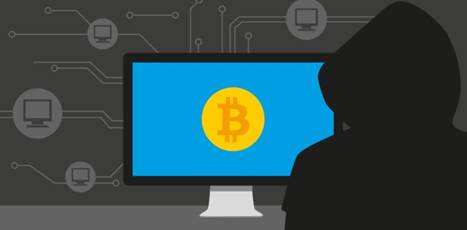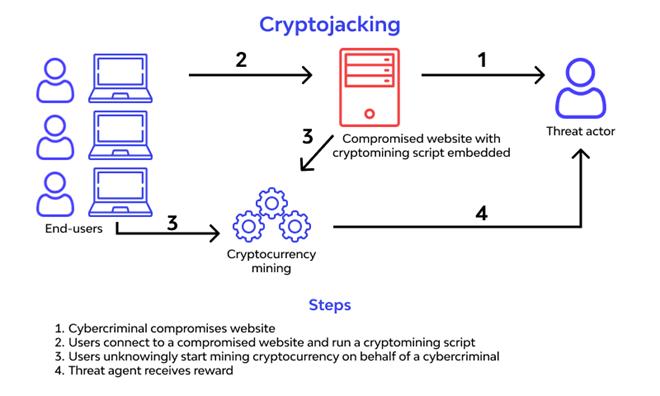Free Courses Sale ends Soon, Get It Now


Free Courses Sale ends Soon, Get It Now



Disclaimer: Copyright infringement not intended.
Context
What is cryptojacking?
Why is cryptojacking done?

Why have cryptojacking incidents gone up?
Concern
© 2024 iasgyan. All right reserved